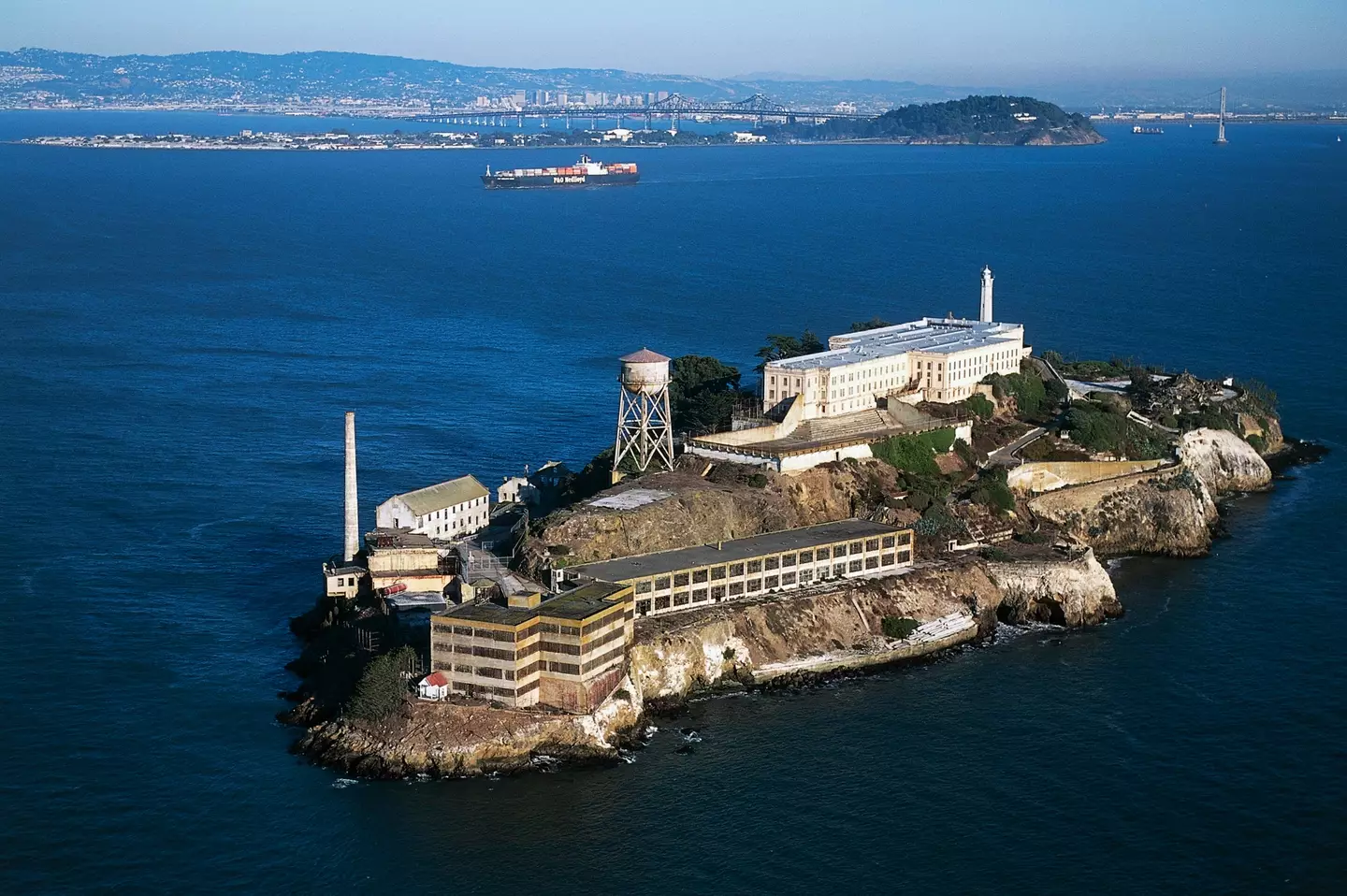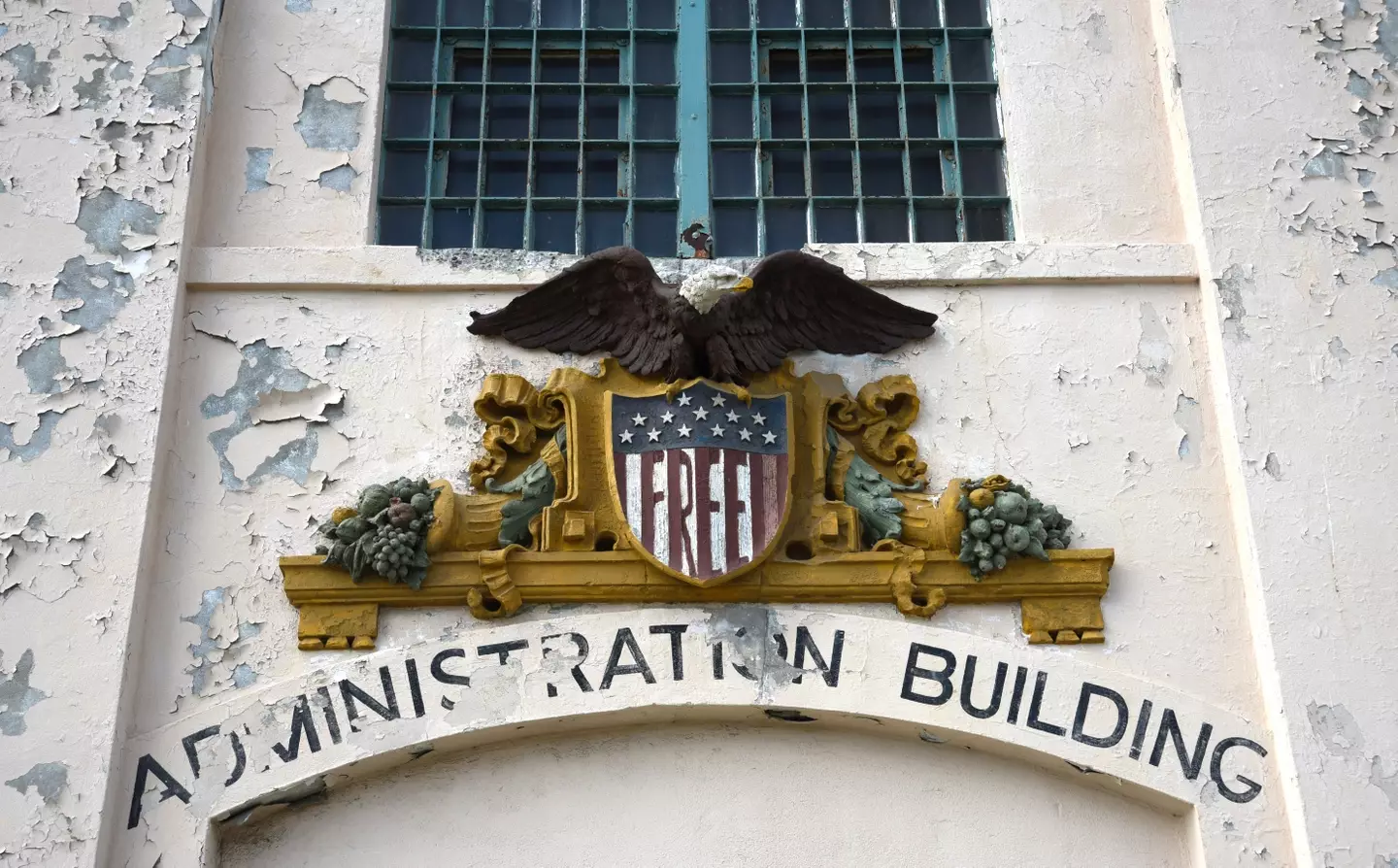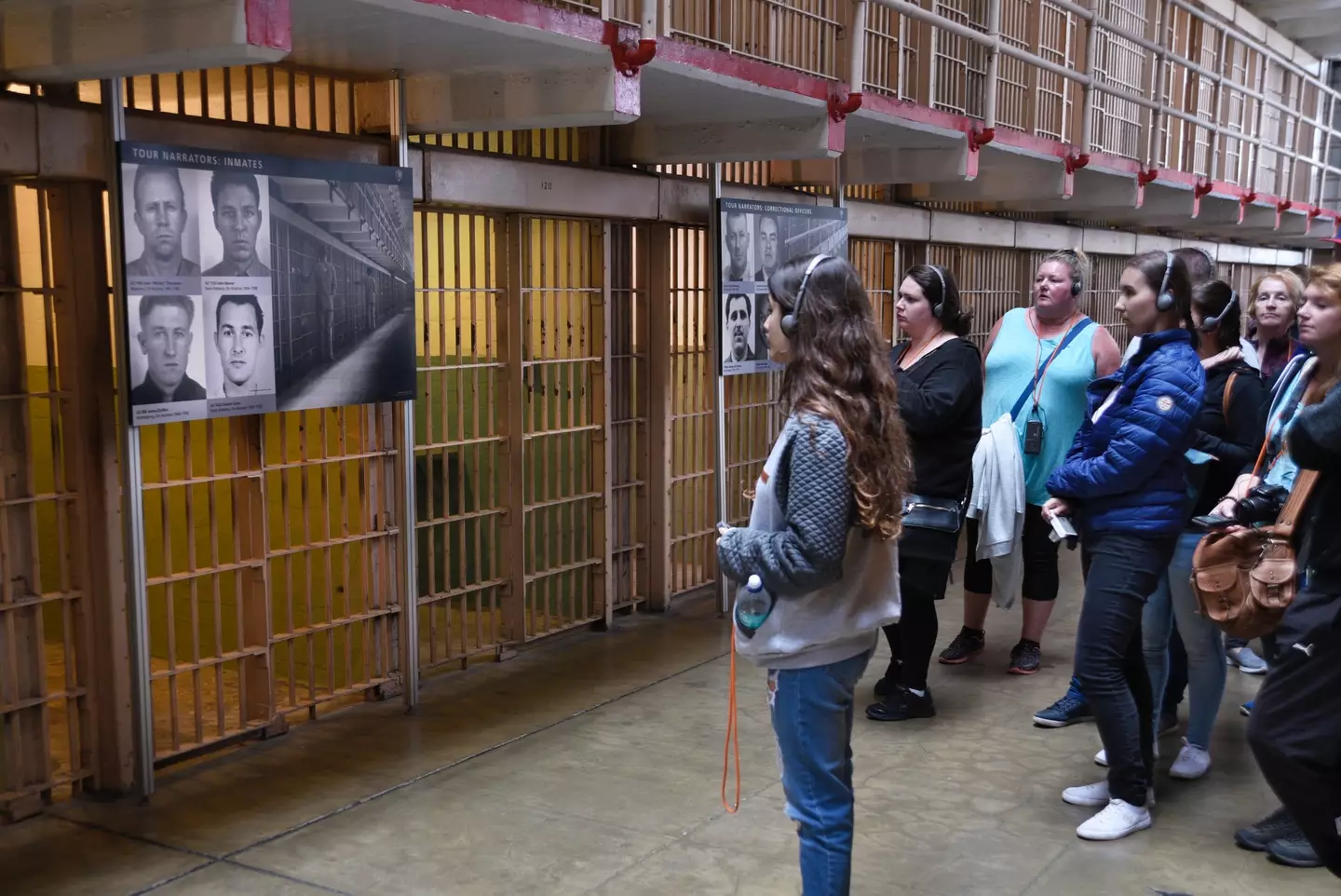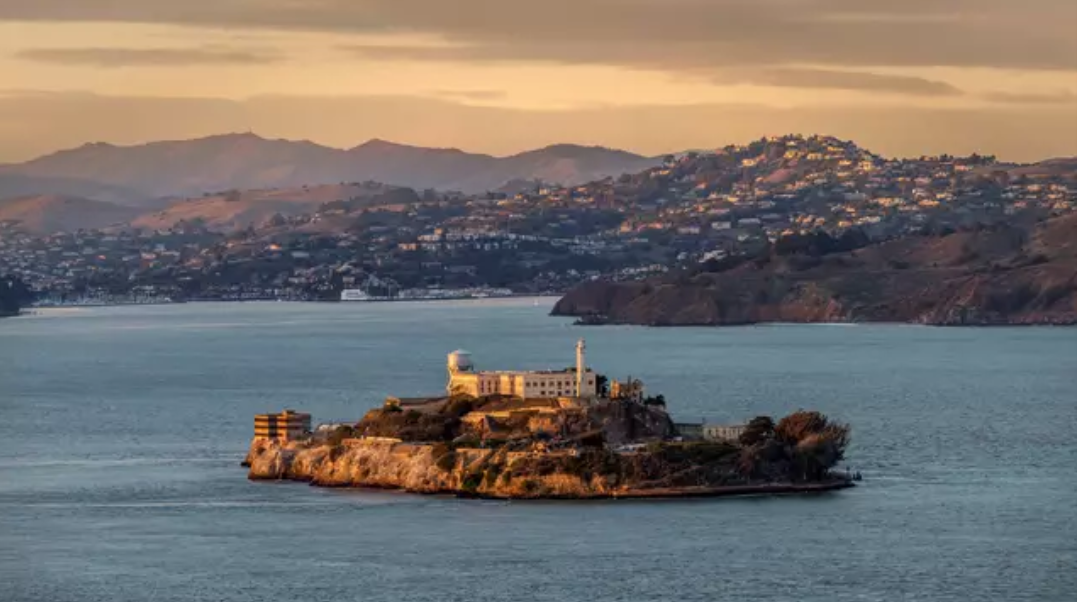“That’s how it should be,” he added. “We’re done tolerating repeat criminals who wreak havoc and destruction in our communities.
“That’s why today I’m ordering the Bureau of Prisons, with support from the DOJ, FBI, and Homeland Security, to reestablish a larger and upgraded Alcatraz to confine America’s most violent felons. We won’t be at the mercy of lawbreakers or judges unwilling to uphold justice.”

President Donald Trump has ordered for Alcatraz to be reopened, 62 years after it was closed down
Trump believes reopening Alcatraz would “stand as a beacon of strength, discipline, and justice,” though it’s unclear whether the practical challenges of revitalizing the site have been considered.
The prison originally closed in March 1963, just under three decades after opening its doors.
Some of the country’s most notorious mobsters were locked up there, including Al Capone, George “Machine Gun” Kelly, and Mickey Cohen.
Its final prisoner, arms trafficker Frank C. Weatherman, said of its closure: “Good. Good for me. Good for everyone. Alcatraz was never any good.”
Weatherman was among the last group of inmates transferred to other institutions after the government decided to shut down the decaying facility.

The notorious prison is in need of more than a lick of paint
According to the Federal Bureau of Prisons, the high operating costs were a key reason for closure—expenses at Alcatraz were three times higher than other federal prisons.
Extensive repairs were needed, but the $3–5 million price tag at the time (equivalent to $31–52 million today, per Sky News) made restoration unrealistic.
Adding to the burden, Alcatraz’s remote island location meant every resource had to be delivered by boat—fuel, food, personnel, and even drinking water.
With no natural water source, nearly a million gallons were transported weekly, as noted by the Bureau of Prisons.

Alcatraz currently operates as a museum and tourist attraction, which welcomes about 1.5 million visitors annually
Announcing its shutdown, Attorney General Robert F. Kennedy noted, “Feeding prisoners there is significantly more costly than in any other facility.”
San Francisco Mayor George Christopher also remarked that the prison was in “severe disrepair” and could need up to $5 million for upgrades.
At $13 per day per inmate, housing costs at Alcatraz were more than double the national average of $5, reported the San Francisco Chronicle.
Since its closure, Alcatraz has become a major tourist draw, attracting over 1.5 million visitors annually.
As of now, the island serves as a historic museum and national landmark, drawing consistent crowds (Robert Alexander/Getty Images).
But is bringing it back as a prison truly viable?
Former House Speaker Nancy Pelosi, a Democrat, dismissed the proposal as “not a serious idea.”
Posting on X, she commented, “Alcatraz closed over sixty years ago. Today, it’s a beloved national park and key tourist destination.
“The President’s proposal isn’t grounded in reality.”
California State Senator Scott Wiener echoed her concerns, calling the plan part of Trump’s ongoing effort to “undermine the legal system.”
He posted on social media, “Trump’s declaration that Alcatraz—a functioning museum—will return as a prison is ridiculous.
“This destination provides federal revenue and supports local jobs. More importantly, this fits into Trump’s broader agenda to erode legal norms. He even references judges blocking his mass deportation plans as justification.
“If Trump is sincere, this is just another alarming move toward authoritarianism—an American gulag placed in San Francisco Bay.”





